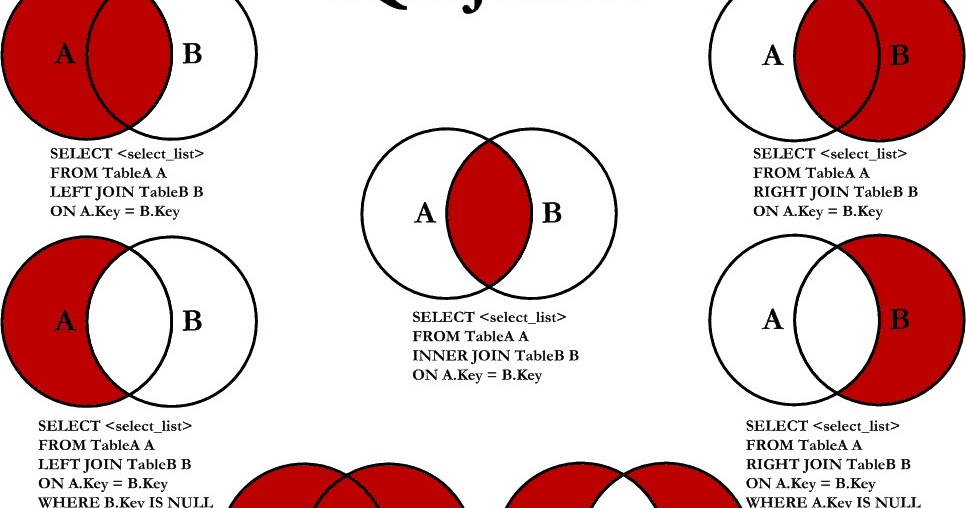
This next set of rules builds upon those outlined in 1NF. a field that identifies each row with a non-null, unique value) Each table should have a primary key ( i.e.Create separate tables for each group of related data.beware of duplicative columns or rows within the same table) Remove any repeating groups of data (i.e.This initial set of rules sets the fundamental guidelines for keeping your database properly organized. Let’s briefly review these here: First Normal Form (1NF) Codd detailed formal rules to follow.Ĭodd’s normalization guidelines have five official normal forms, but (thankfully) the first three are usually as in-depth as you need to go. To add concrete steps to the process, Edgar F. “Normalization” is a broad concept and isn’t much practical use when you’re lost at sea among a myriad of messy tables. These normalization ideals can be applied to database synthesis (creating a database from scratch) or decomposition (improving existing designs). If a fellow coworker is terrified of making a fatal error while working with a database you’ve created even after you explain it to them, your database probably isn’t normalized. In even simpler terms, your database structure should make intuitive sense. Essentially, databases should be organized to decrease redundancy and avoid dependence anomalies.

Translated into plain English, this simply means that normalization is the process of creating a maximally efficient relational database. “Normalization entails organizing the columns (attributes) and tables (relations) of a database to ensure that their dependencies are properly enforced by database integrity constraints.”ĭon’t let these types of definitions scare you off. What is Database Normalization?Īccording to the database normalization page on Wikipedia: Whether you have inherited a messy database, unintentionally synthesized one with poor integrity (whoops! 😬), or want to avoid the above scenario altogether, database normalization is the solution for you.


 0 kommentar(er)
0 kommentar(er)
